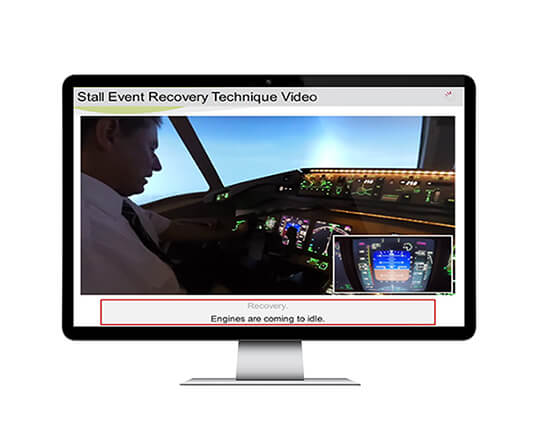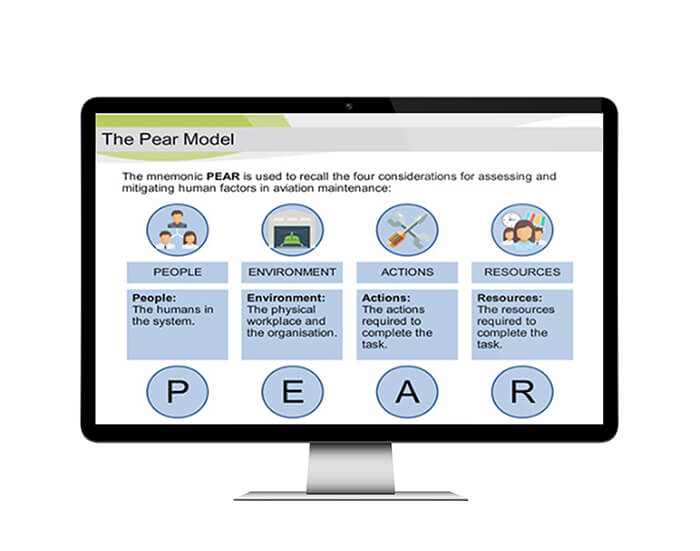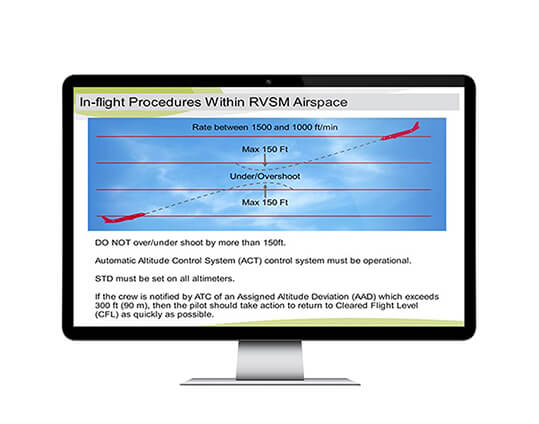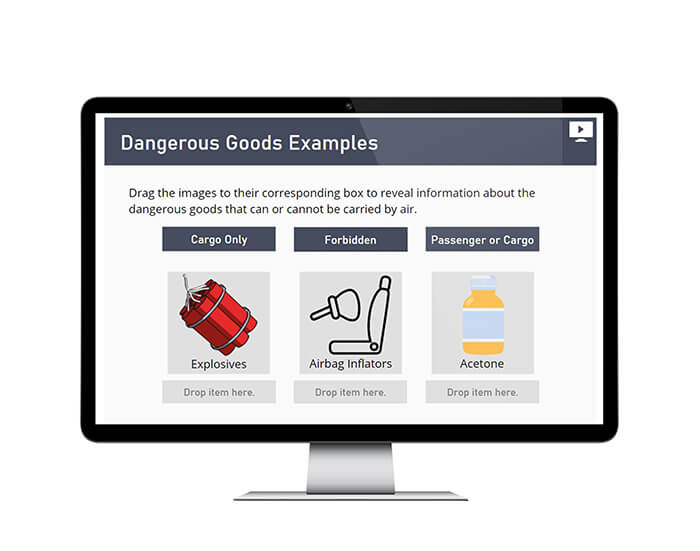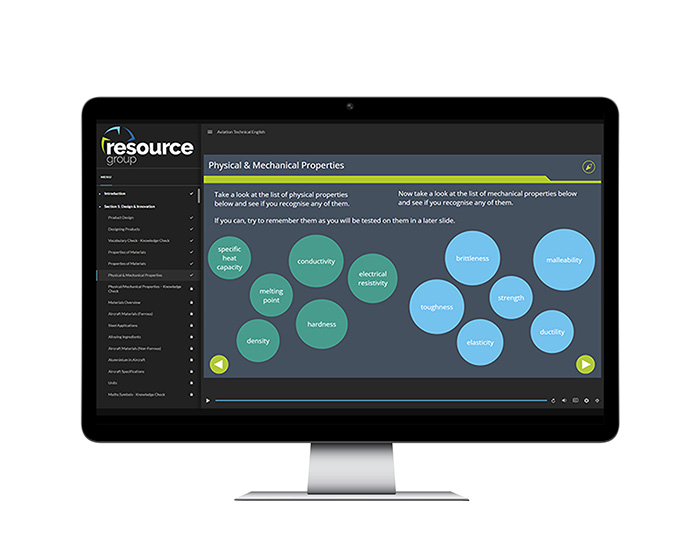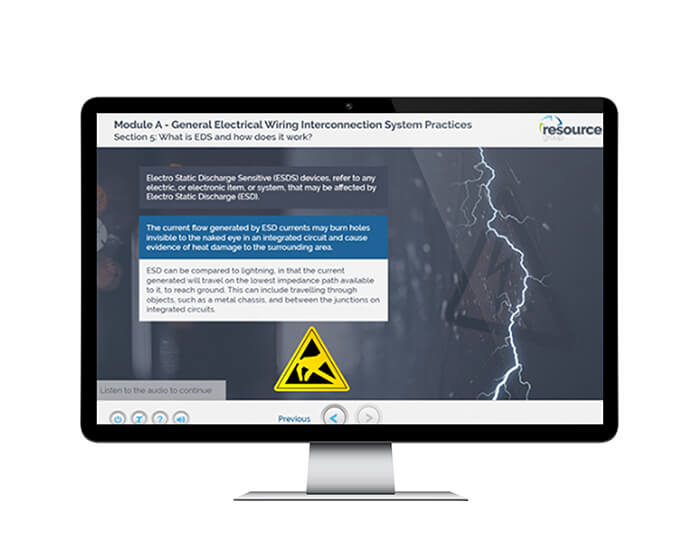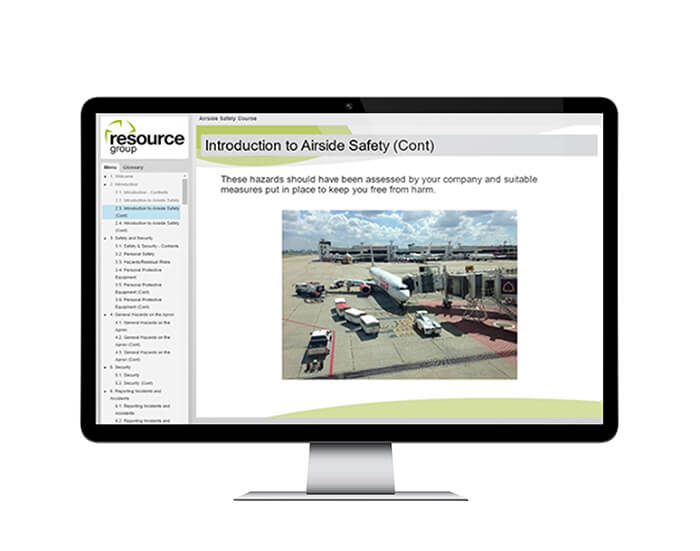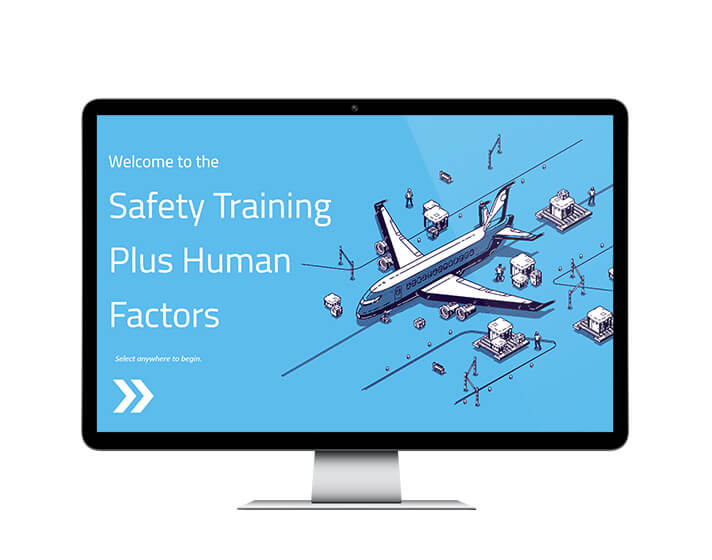Upset Prevention and Recovery Training (UPRT)
This course covers all elements and components required to comply with the EASA ground school requirements (EASA AMC/GM to annex III PART-ORO effective May 2016), FAA requirements (FAA AC120-111) and ICAO DOC 10011 “Manual on aeroplane upset prevention and recovery training”.
£40.00 (exc. VAT)
More Information
Requirements
UPRT training is a mandatory requirement for all pilots, effective May 2016.
This course meets the requirements mandated by EASA but the courses do not hold a stand-alone approval in their own right. Any aircraft operators using these courses need to evaluate the content and delivery of each course and then approve the use of it under their Operations Manual (OM-D) with their local National Aviation Authority (NAA).
The Upset Prevention and Recovery Training course increases the pilots ability to recognise situations that can lead to aircraft upsets/loss of control in flight, and to improve their ability to recover control of an aircraft that has exceeded the normal flight regime. A strong emphasis of the course is recognition and prevention.
The course can be adapted to individual operator requirements, branded and made available to host on your own LMS if required.
Courses Topics:
Section 1 – General
- Introduction
- General aerodynamic characteristics
- Aeroplane stability
- Energy management (kinetic, potential, chemical)
- Pitch power performance
- AOA and stall awareness
- Aerodynamics high altitudes
- Aeroplane performance at high altitudes
- Mach effects
- Environmental
- Icing conditions and contamination effects
- Control surface fundamentals
- Use of trims
- Aircraft Systems – generic
- Stick shaker and other stall warning devices
- Stick pusher
- Manual and automatic inputs for guidance and control
- Management of automation
- Pilot induced events
- Criteria for identifying stalls and upsets
- Aerodynamics low altitudes
- Aeroplane performance at low altitudes
- Positive and negative increasing and decreasing G Forces
- Latest G awareness (steady heading sideslip)
- G load management
Section 2 – Skills
- Awareness
- Prevention
- Recovery
Section 3 – Procedures
- Safety review of accidents and incidents related to in flight loss of control
- Effective scanning and monitoring
- Examples of physiological, visual and instrument cues during developing and developed upsets – generic
- Mechanical causes and contributing factors to upsets – generic
- Use of rudder
- Management of go arounds in various stages of flight
- Timely and appropriate intervention in recovery from developed upsets
- Consolidated summary of airplane recovery techniques – generic
- Recovery from nose-high at various bank angles
- Recovery from nose-low at various bank angles

